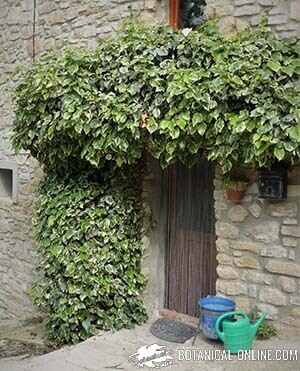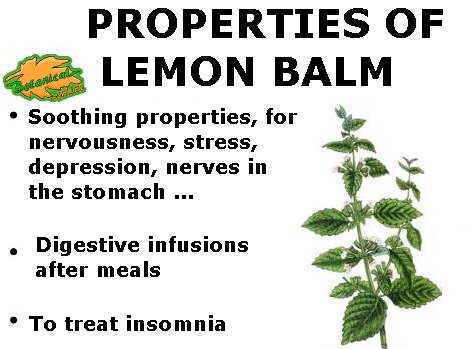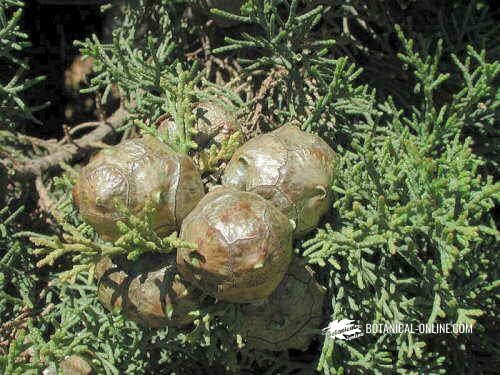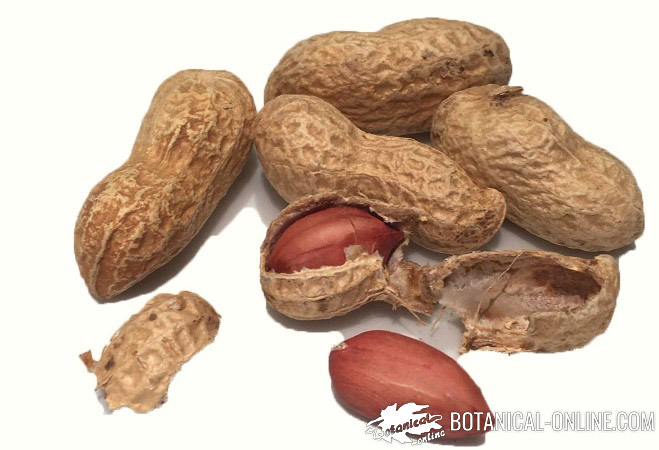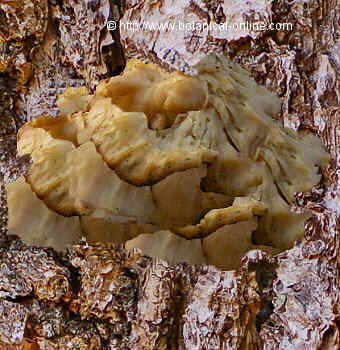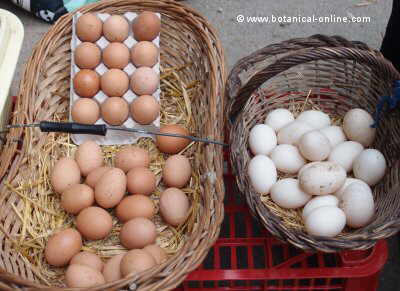Contents
Benefits of berberine
What is berberine?
Berberine is a substance or active principle found in the roots and stems of some plants. It is usually extracted from the barberry (Berberis vulgaris), a thorny shrub of European origin. Other berberine-containing plant also exist in Asia, and
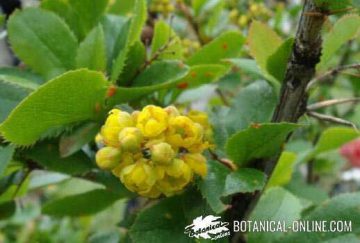
have been used in India and China since ancient times.
Benefits and uses of berberine
Berberine is one of the most promising supplements because it has been shown, in many cases, to be equally or more effective than some drugs, without their adverse effects.
It has very interesting properties for the treatment of numerous diseases, including diabetes, polycystic ovary syndrome (PCOS) and even cancer.
It also has antioxidant, anti-inflammatory, antibiotic, antiviral and antifungal properties, and many plants rich in this component are a traditional deworming remedy.
Medicinal properties of berberine
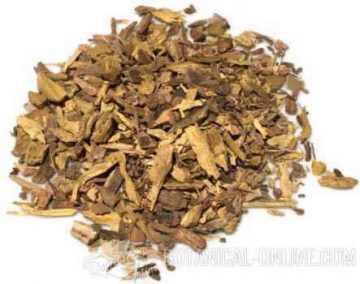
Berberine is an alkaloid extracted from certain plants. In Europe it is usually isolated from barberry (Berberis vulgaris) while in Asia it is mainly extracted from plants of the Coptis genus, which are present in Chinese medicine remedies. The ancient Native Americans used the goldenseal plant (Hydrastis canadensis).
Interestingly, all berberine-rich plants have been traditionally used to improve digestion (because they lower sugar and treat diabetes-related problems) and as disinfectants or dewormers.
Scientific studies on berberine
Modern research confirms the role of berberine in lowering blood sugar levels (and just as effectively as drugs) and in treating diarrhea, wounds, numerous parasites and infectious microorganisms (it is an excellent antibiotic, antiviral and antifungal).
Berberine is so effective that many professionals consider it one of the preferred supplements for treating certain diseases, especially diabetes. However, it is worth mentioning that this supplement has few but important contraindications that should be known.
Uses and functions of berberine
Among the main properties of berberine are the following:
- Digestive properties, due to its role in controlling postprandial glycemia, by avoiding excessively high blood sugar levels.
- Sugar-lowering properties and improving numerous diseases related to insulin resistance, such as diabetes or polycystic ovaries. Its effectiveness is such that it can replace oral antidiabetic medications.
- Properties against atheroma plaque, caused by excess triglycerides and bad cholesterol.
- Very powerful cholesterol-lowering properties, it is one of the supplements par excellence for people who reject statins and to treat familial hypercholesterolemia.
- Antibiotic, antifungal, antiviral and antiparasitic properties, with the advantage of not harming the intestinal flora.
- Properties against diarrhea.
- Prolongs the life of antioxidants, with detoxifying properties for the body and especially for the liver.
![]() More information on the barberry plant and berberine active principle
More information on the barberry plant and berberine active principle

